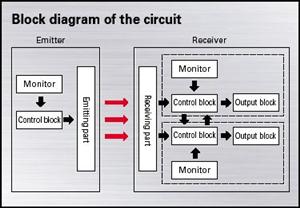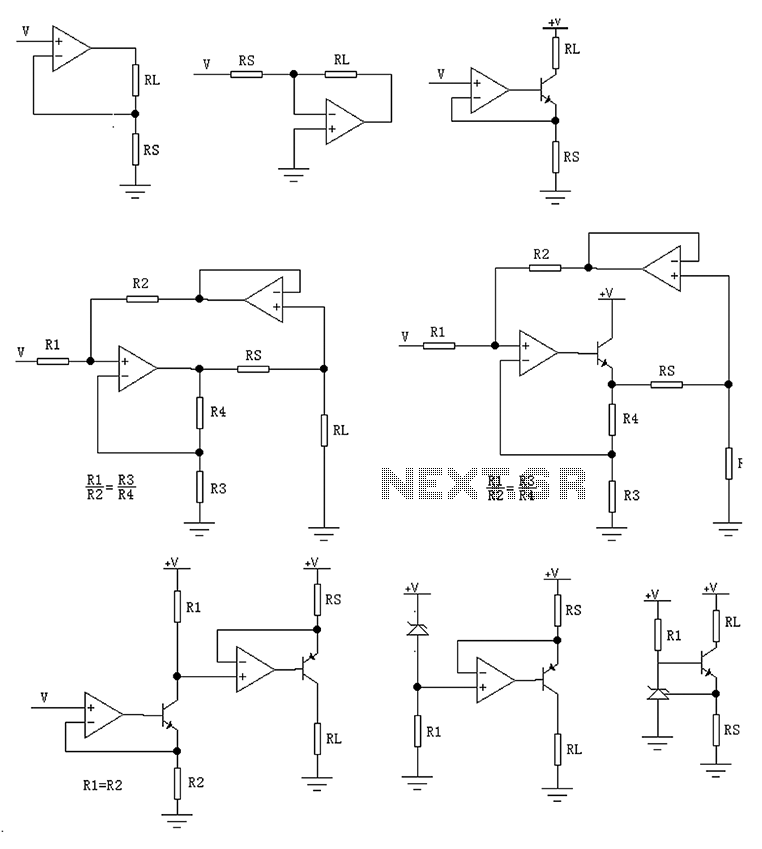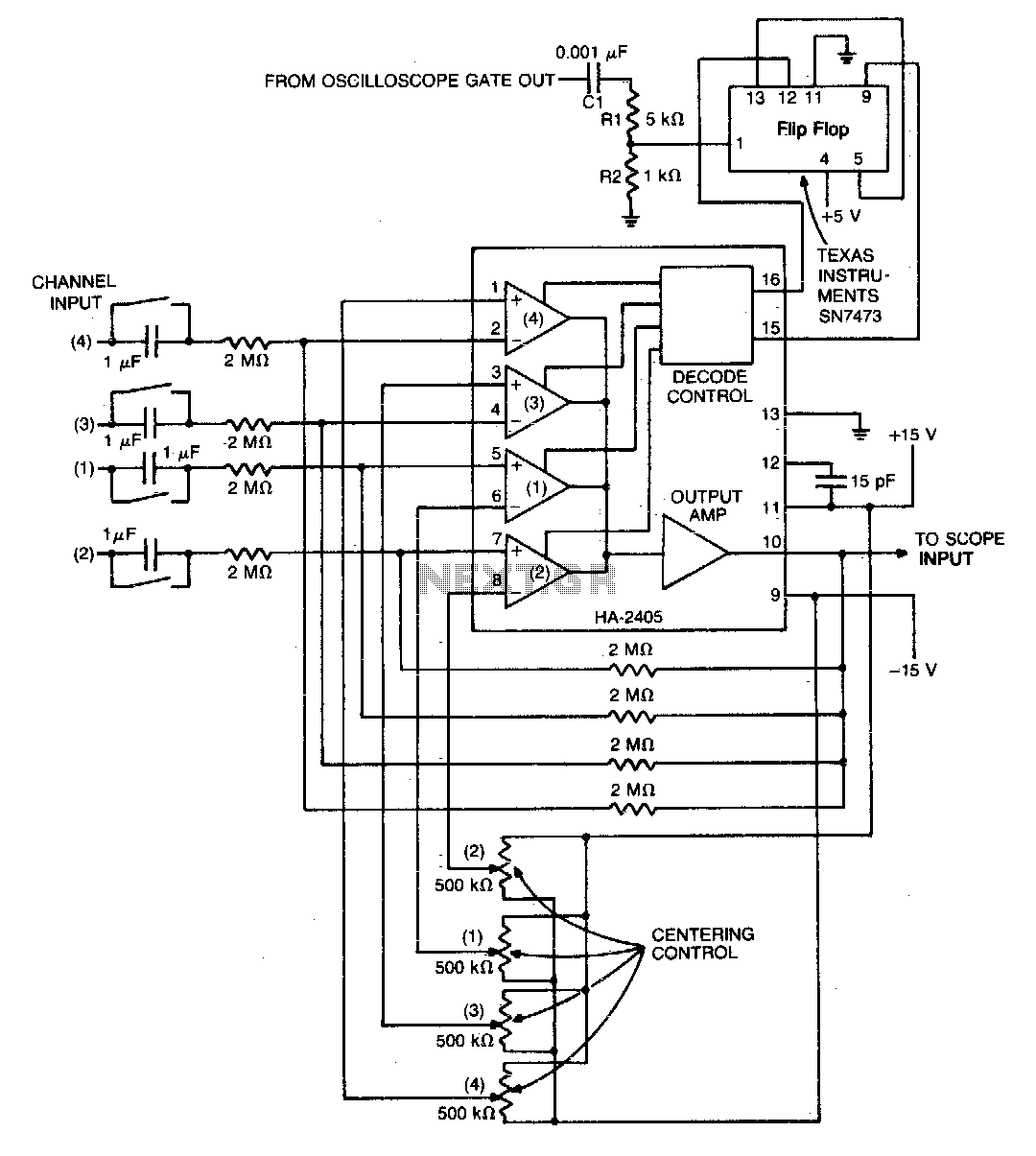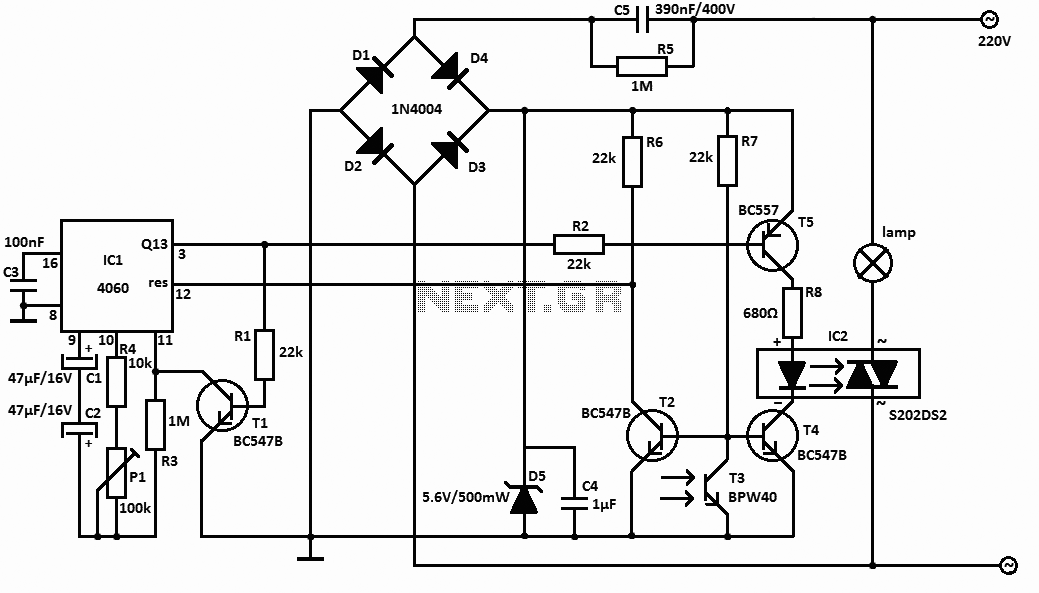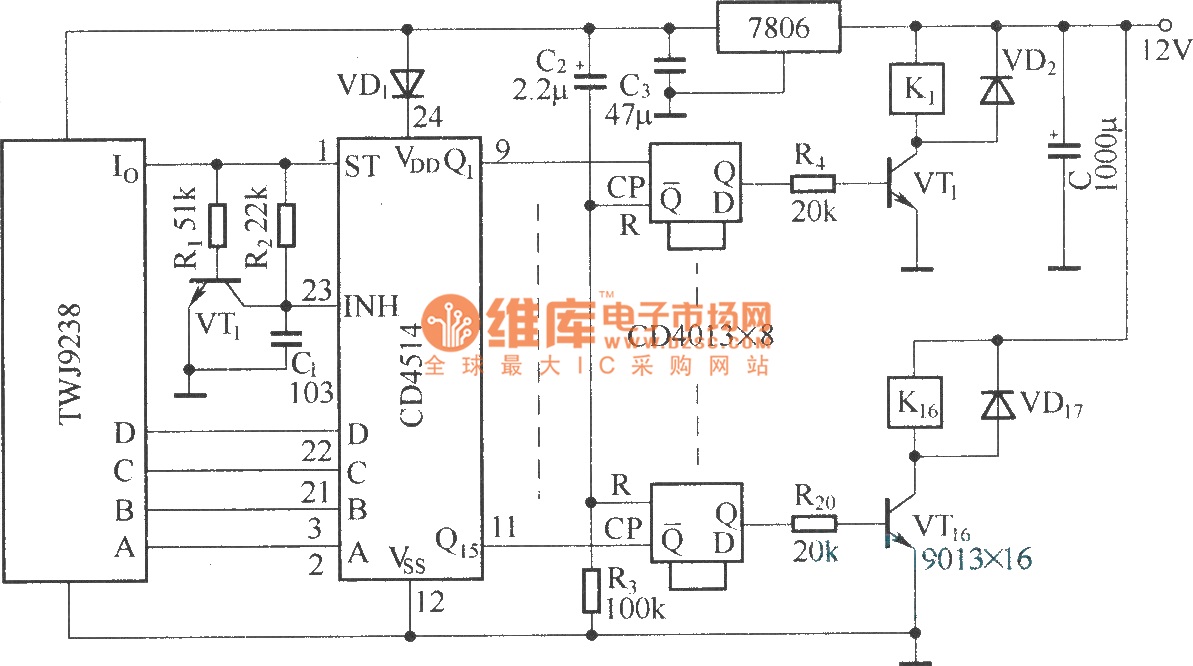
Simple DC Converter For Digital Circuit by IC 555

This circuit is a simple DC to DC converter designed for digital circuits. It operates with a supply voltage of 5V and provides an output voltage that steps up to a maximum of 10V-12V DC. The circuit utilizes an IC 555 timer.
The circuit operates by employing the 555 timer in an astable mode configuration, which generates a pulse-width modulation (PWM) signal. This PWM signal is then used to control a switching element, typically a transistor or a MOSFET, that regulates the energy transferred to an inductor. The inductor stores energy when the switching element is turned on and releases it to the output when the switching element is off, effectively increasing the voltage.
The key components of this circuit include the 555 timer IC, resistors, capacitors, an inductor, and a diode. The values of the resistors and capacitors connected to the 555 timer determine the frequency and duty cycle of the PWM signal. Selecting appropriate values for these components is crucial for achieving the desired output voltage.
The inductor is chosen based on the required output current and voltage ripple specifications. A Schottky diode is often used for its fast recovery time, which minimizes losses during the energy transfer phase. The output capacitor smooths the voltage, reducing ripple and providing a stable output voltage.
This simple DC to DC converter is suitable for powering low-power digital circuits that require a higher voltage than the available supply voltage. It is essential to ensure that all components are rated for the voltages and currents they will encounter during operation to prevent damage and ensure reliability. Proper layout and grounding techniques should also be employed to minimize electromagnetic interference (EMI) and ensure stable operation.This circuit Simple DC to DC Converter For Digital Circuit. It use Volt supply 5V Only, To Output Step up Volt 10V-12V DC max. I use IC 555 ( hot ic Timer) for.. 🔗 External reference
The circuit operates by employing the 555 timer in an astable mode configuration, which generates a pulse-width modulation (PWM) signal. This PWM signal is then used to control a switching element, typically a transistor or a MOSFET, that regulates the energy transferred to an inductor. The inductor stores energy when the switching element is turned on and releases it to the output when the switching element is off, effectively increasing the voltage.
The key components of this circuit include the 555 timer IC, resistors, capacitors, an inductor, and a diode. The values of the resistors and capacitors connected to the 555 timer determine the frequency and duty cycle of the PWM signal. Selecting appropriate values for these components is crucial for achieving the desired output voltage.
The inductor is chosen based on the required output current and voltage ripple specifications. A Schottky diode is often used for its fast recovery time, which minimizes losses during the energy transfer phase. The output capacitor smooths the voltage, reducing ripple and providing a stable output voltage.
This simple DC to DC converter is suitable for powering low-power digital circuits that require a higher voltage than the available supply voltage. It is essential to ensure that all components are rated for the voltages and currents they will encounter during operation to prevent damage and ensure reliability. Proper layout and grounding techniques should also be employed to minimize electromagnetic interference (EMI) and ensure stable operation.This circuit Simple DC to DC Converter For Digital Circuit. It use Volt supply 5V Only, To Output Step up Volt 10V-12V DC max. I use IC 555 ( hot ic Timer) for.. 🔗 External reference
